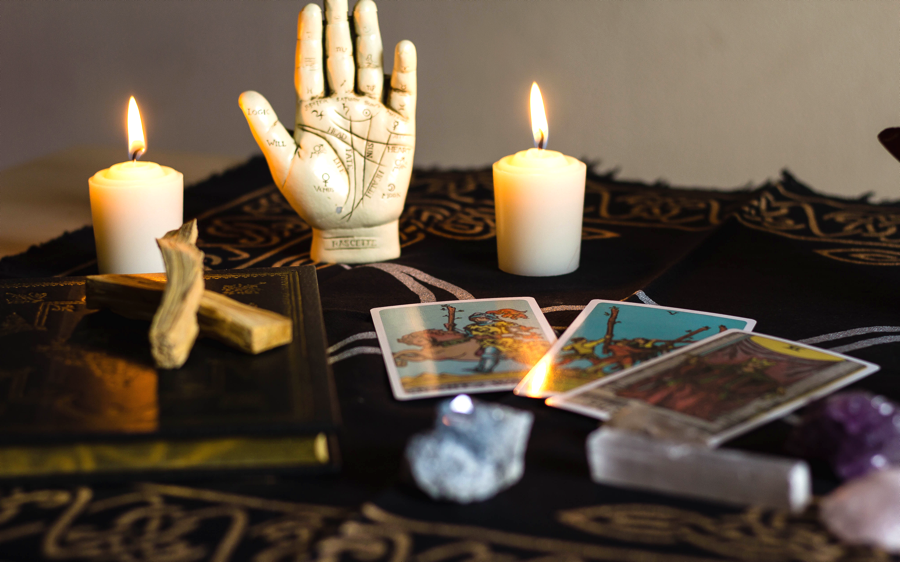Expert Help for OCD
Take Your Life Back from OCD
Offering expert treatment for all types of OCD, including unwanted obsessional thoughts. Our OCD treatment program is typically 10 weeks. We offer twice-weekly sessions, groups, and intensive programs. Intensive program can be in person or online. Low cost options available. Contact us...
Behavioral Wellness Clinic
392 Merrow Rd, Suite E,
Tolland, CT 06084
Office: (860) 830-7838
OCDTYPES
Obsessive-compulsive disorder comes in many forms
About Obsessive-Compulsive Disorder
Superstitious Fears in OCD
People with obsessive-compulsive disorder (OCD) sometimes have extreme fears or anxieties about things most people would consider harmless superstition. This might include anxieties surrounding unlucky numbers, being avoidant of certain colors, or having extreme fears around what most would call childish superstitions. Indeed, superstitious fears are common among those with early onset or childhood OCD.
Examples of Superstitious Fears
- Unlucky numbers
- Colors with special significance
- Can't step on a sidewalk crack

Lucky and Unlucky Numbers
Many people believe that certain numbers are lucky and others are unlucky, but the person with OCD will take this fear to an extreme. They may feel fear when the dreaded number appears on a digital clock, a phone number, or someone's address. A student who believes 5 is a bad number may find himself dropping courses with the number 5 in the course code, fearing that the number 5 will herald a bad grade. Many people with OCD, particularly those in the Western world will find 13 and 6 to be "bad" numbers. In fact, fear of the number 13 is so common that this has its own name — triskaidekaphobia. The number 4 is often considered good by people with OCD, because it feels natural, has good mathematical properties, and is an even number. But someone with OCD can latch onto any number for a variety of idiosyncratic reasons. People in some Asian cultures, for example, often find 4 to be a very unlucky number, because the word "four" sounds almost like "death" in Mandarin Chinese.
Fear of 666 is common, due to its association with evil, as in the Bible the book of Revelations says the sign of the anti-Christ will be "666". One person with OCD says:
"I've had this fear for a while but have never really dwelled on it much, but now I am spending far too much time worried about it, and today it's triggered my fear to an even greater extent. I am scared of a certain number. I can't even write it down because I just panic when I see it. Basically, it's the same number times three (3 digits). I think that if I see it it's the devil spying on me. (I can't even type it)."
This type of OCD is not to be confused with arithmophobia or numerophobia, where a person fears all numbers, especially complex mathematical computations. People with OCD surrounding numbers will fear some numbers but not others.
Colors with Special Significance
People with OCD may ascribe a special significance to certain colors. For example, some people with OCD may believe that the color red is bad because the devil is often depicted as being red. People with contamination fears surrounding blood might fear red because it reminds them of blood. However, red may not be an unlucky color for Native American or Chinese sufferers, becasuse in these cultures red is thought to bring happiness, success, and wealth.
Superstitious Fears
People with OCD may also have extreme fears around things most people would call childish superstitions. Individuals with OCD generally have insight, in that they know their obsessions likely aren't real. But OCD is the "what if" disease. So, while someone with a fear of harming someone by accident might be able to convince themselves there's a chance they hit someone while driving, it is harder to rationalize stepping on a crack. However, the impulse to respond to the "what if" feels the same as any other type of OCD, so the form of the obsession is not the issue, as all people with OCD experience the same distressing sensation. Every time you give into compulsion it strengthens the OCD.

One day a person with OCD might be walking down the street and see the sidewalk crack. They may briefly think of the old superstitious saying "don't step on a crack, or ..." and avoid the crack just in case. Because, even though it's silly, who would want to cause harm over something so small, so why not? The problem with OCD is that these brief thoughts are the same as what non-OCD people occasionally get flashing through their mind, but in the case of OCD it does not go away, and instead grows stronger over time, one gives in and does the compulsion (i.e., avoiding the crack). While this might seem like a cute quirk, obsessions eventually consume every second of the sufferers day. What begins as avoiding a crack, then might move to avoiding any sidewalks, which might then spiral to all roads, and then eventually to not leaving the house. A person may not even be able to watch TV for fear of seeing a sidewalk or someone stepping on one in a TV show. This is how the OCD can spread and impact every aspect of ones life.
So, the superstitious obsessions can latch onto anything from avoiding walking on cracks, to avoiding black cats, being afraid to walk under a ladder, and many other sorts of superstitious behaviors. Certainly some people are prone to superstition or perhaps even take comfort in these rituals, such as the sport team that wins a game after having spaghetti, and then decides to eat spaghetti before every other big game. But with OCD, the thoughts cause great distress, and are all consuming, with the sufferer going to great lengths to avoid the anxiety inducing stimuli.
Thankfully, regardless of the type of OCD, all types of OCD, including superstitious fears, can be effectively treated. People with this sort of OCD should seek out a mental health provider experienced in exposure and ritual prevention (ERP, also referred to as EX/RP).
Scientific References
Brugger, P., & Viaud-Delmon, I. (2010). Superstitiousness in obsessive-compulsive disorder. Dialogues in Clinical Neuroscience, 12(2), 250–254.
Millet, K. (2004). Phenomenological and comorbid features associated in obsessive–compulsive disorder: influence of age of onset. Journal of Affective Disorders, 79(1), 241–246.

